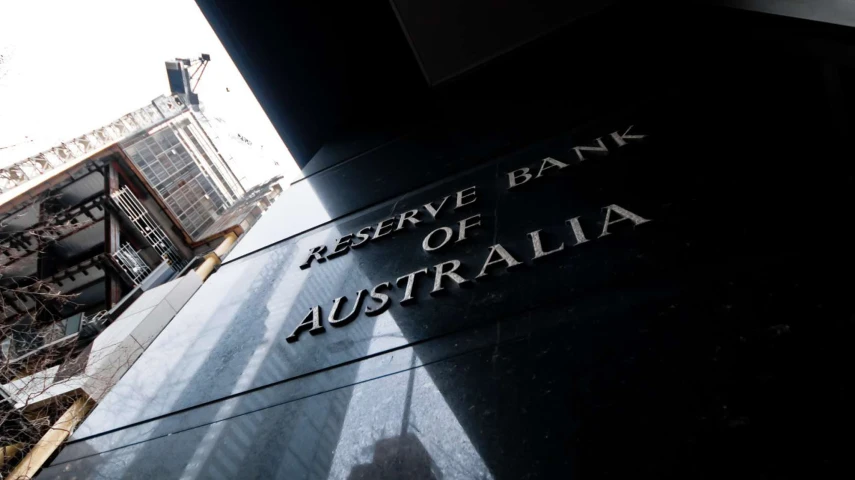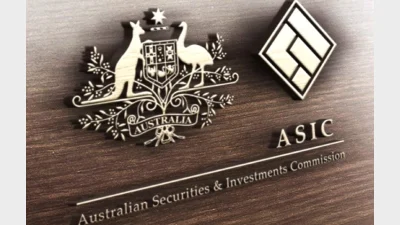RBA ‘exercising caution’ not changing direction, Morningstar says



Morningstar expects the Reserve Bank will still make around three cuts in this cycle, bringing the cash rate to a neutral level of around 3 per cent.
In a recent briefing, Morningstar said its projections for RBA rate cuts have not changed following the surprise decision by the RBA in July, with the ending point for rates still expected to be around 3 per cent.
Morningstar strategist Lochlan Halloway said it is likely the RBA will make at least three more cuts throughout this year and into the next year.
“While the RBA held the cash rate steady in July, surprising markets and economists who were expecting a third cut, our take on this is that this is a pause and not a pivot in the direction of monetary policy,” Halloway said.
“The bank is exercising caution; it’s not signalling a change in direction.”
Halloway said the RBA governor’s commentary also suggested that further easing is likely over time.
He noted that the recent June Labour Force print suggested that labour is now starting to weaken.
“It has, by most measures, remained relatively tight but we should note that a lot of that is coming from government services and government adjacent services,” he said.
“Private sector demand and labour hiring is still relatively soft.”
Morningstar expects there will be around another three cuts, assuming there are no material changes to the economic outlook in coming months.
National Australia Bank also predicts the Reserve Bank will make around three further cuts, which would take the cash rate back to 3.1 per cent.
“With inflation expected to settle at around 2.5 per cent in underlying terms and global growth facing headwinds, the change in the fiscal stance from stimulus in 2024–25 to neutral in 2025–26 reinforces our view that the appropriate path for monetary policy is for it to move from its current modestly restrictive level back towards neutral,” it said.
“This should deliver consistency across the key arms of economic policy. We expect the RBA to make three further 25 bp cuts by February 2026, taking the cash rate back to 3.1 per cent.”
AMP similarly expects rate cuts of 0.25 per cent in August, November, February ,and May.
“June quarter inflation data on Wednesday will be key and we expect the all-important trimmed mean to out in line with RBA forecasts for a 2.6 per cent year-on-year rise,” AMP chief economist Shane Oliver said.
Oliver noted there was some upside risk to this.
“In terms of sensitivity around what it will mean for the August RBA meeting, we would regard a 2.8 per cent year-on year rise in trimmed mean inflation or less as consistent with a rate cut, but 2.9 per cent year on year or more would mean a high risk of the RBA remaining on hold again,” he said.
Recommended for you
The Gateway Network Governance Body has unveiled a detailed roadmap to guide the superannuation industry through the upcoming Payday Super reforms.
CPA Australia urges the ATO to extend compliance support for small businesses facing major system changes ahead of Payday Super reforms.
Superannuation funds ramp up collective efforts to counter rising cybercrime, updating standards and sharing intelligence across the industry.
The regulator has fined two super funds for misleading sustainability and investment claims, citing ongoing efforts to curb greenwashing across the sector.









